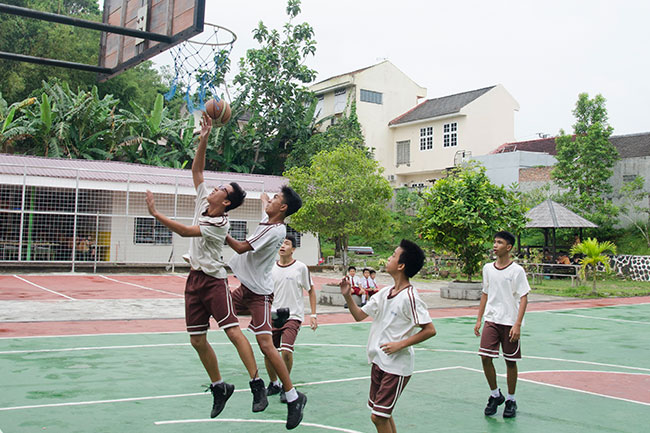Some schools in developed countries have proposed to abolish recess entirely. This does not mean that students will be studying nine hours non-stop; they will have a lunch break and a five-minute transition between classes as usual, however, the schedule lacks morning and/or afternoon recess time.
From the academic perspective, it makes sense. College entry is becoming more competitive, and students who can prove themselves to be actively involved in the campus community will be more likely to be awarded a scholarship.
Academic burdens are also increasing, as students now learn scientific theories that were once novel and progressively tested. Some hardworking students feel that it’s not enough to be busy; they also have to be more diligent than everyone else.
Are there any benefits to recess in high school?
While it’s true that most companies have a one-hour lunch break with four hours of “continuous” productive schedule before and after the break. However, not all employees are able to non-stop burn through tasks for that amount of time.
Studies have shown that taking forced breaks every once in a while is productive in the long run. This is because of the non-linear nature of productivity and focus. It’s not true that spending twice as much time on a task will produce twice the results.
Focus can dwindle, and work efficiency can become lower over time. Recess hence counters burn-outs and provides a mental break and time to refocus. At best, recess offers the student a chance to look at problems differently once they return to their task after the break.
The authors of the above study, Robert Murray, M.D. and Catherine Ramstetter, Ph.D., wrote, “Recess represents an essential, planned respite from rigorous cognitive tasks. It provides time to rest, play, imagine, think, move, and socialize. After recess, students are more attentive and better able to perform cognitively.”
Hard work and plentiful rest come in one productive package, and it’s backed by research.

Benefits of longer lunch breaks
If, for whatever reason, schools are unable to allocate ten-minute breaks in the morning and afternoon, for fear of ‘disrupting’ the productive flow of the students, what they should do is to offer longer lunch breaks of at least ninety minutes.
This offers a chance for students to spend an hour on physical activities and sports. Students can take fifteen minutes to eat lunch and spend the rest of the time to get changed, exercise, and prepare for class.
“Exercise is healthy. Many children suffer from obesity, but even children at healthy weight levels benefit from physical activity, and in fact, require it for optimal health. The outdoors is the best place for children to burn calories, practice emerging physical skills, and experience the pure joy of movement,” says Rae Pica, author of Why Kids Need Recess.
Physical Education (PE) is not a substitute for this type of quality break. PE is usually only taught once every week, while physical exercise with friends can be done on a daily basis while at school.





